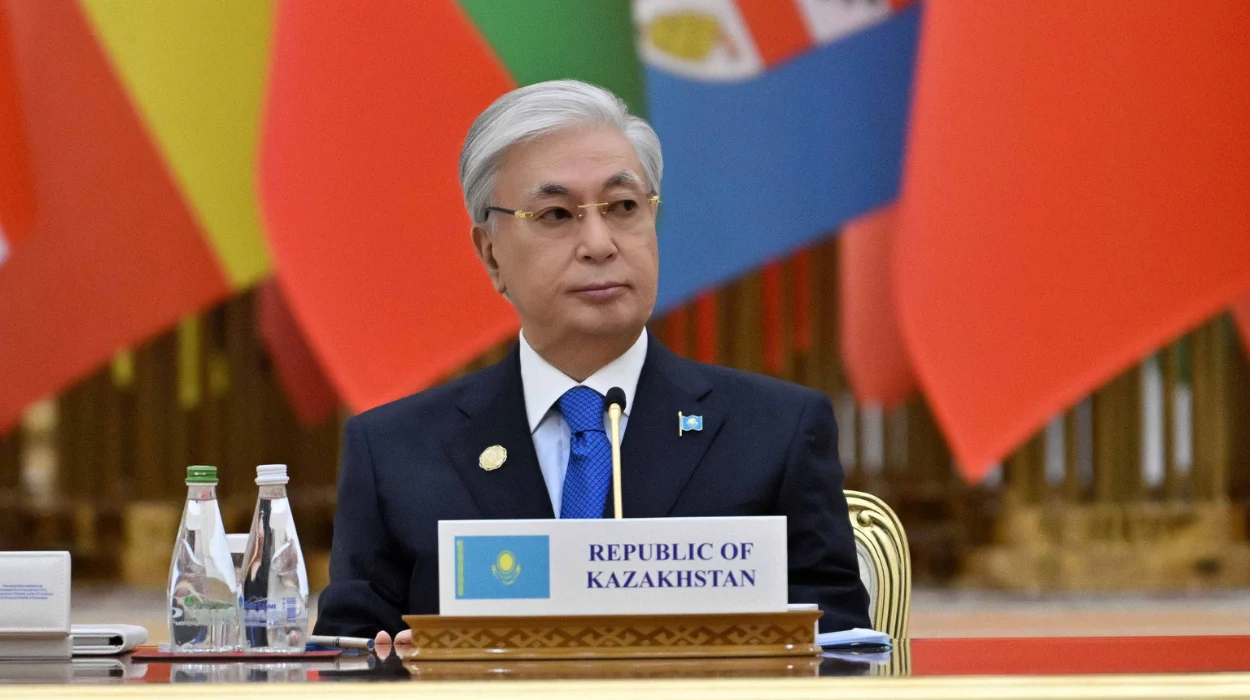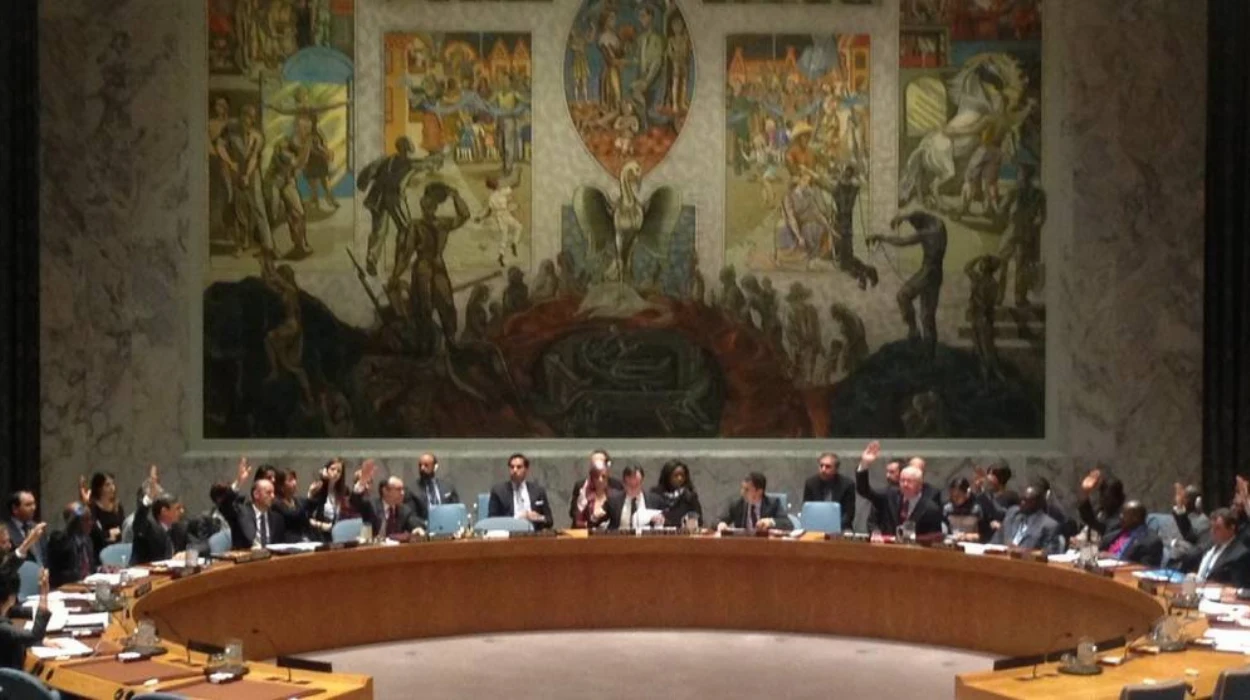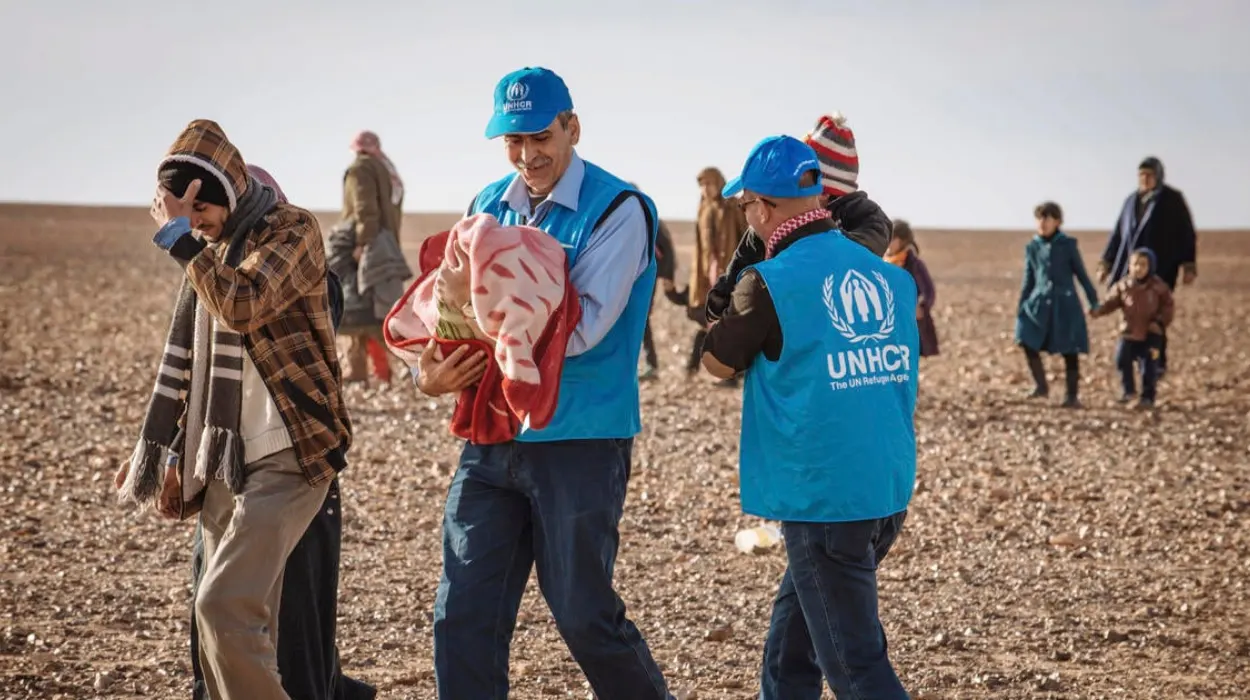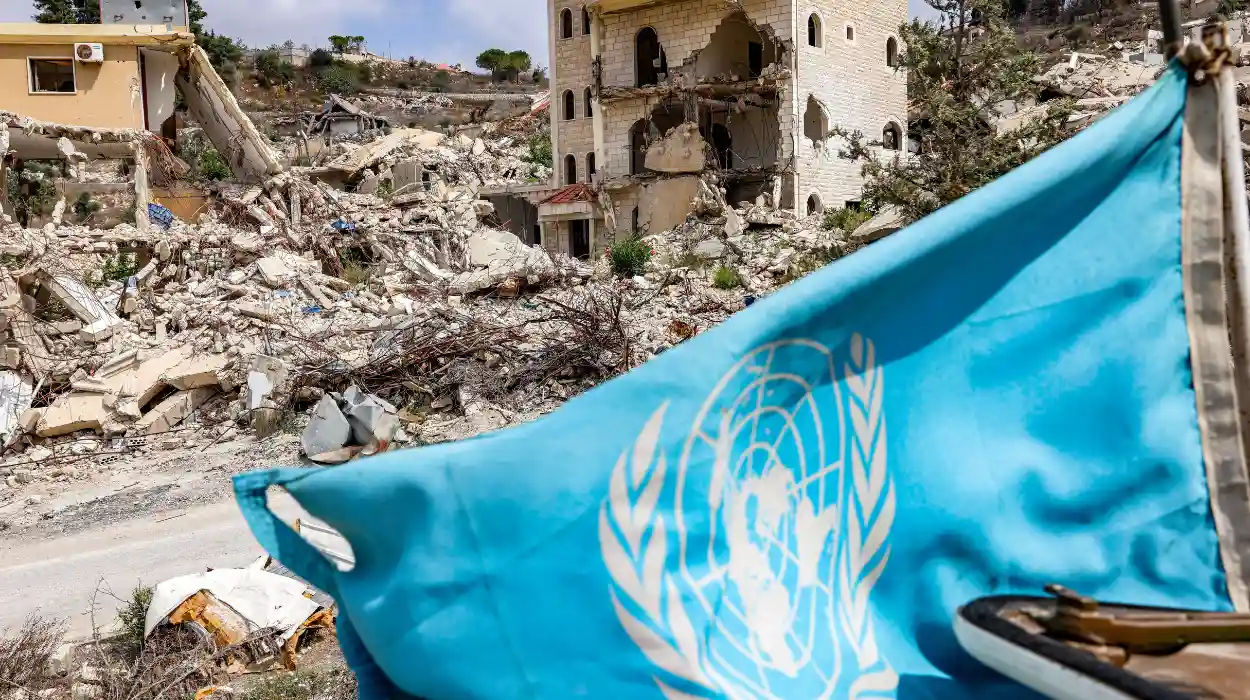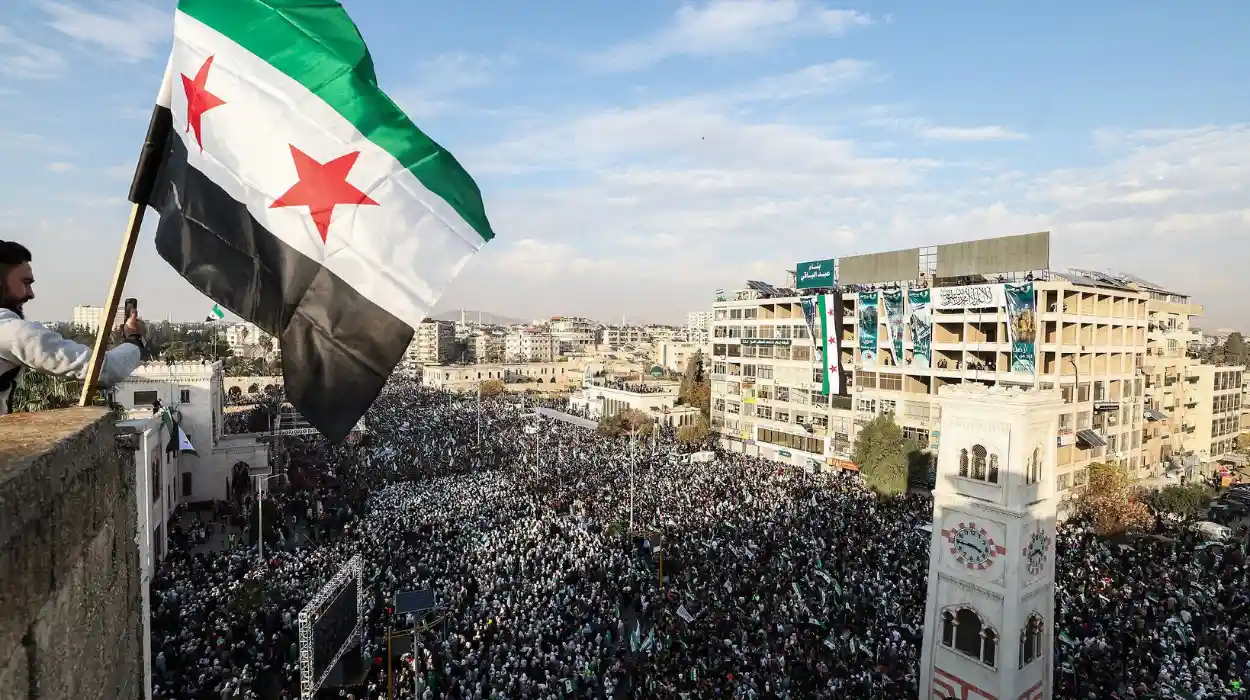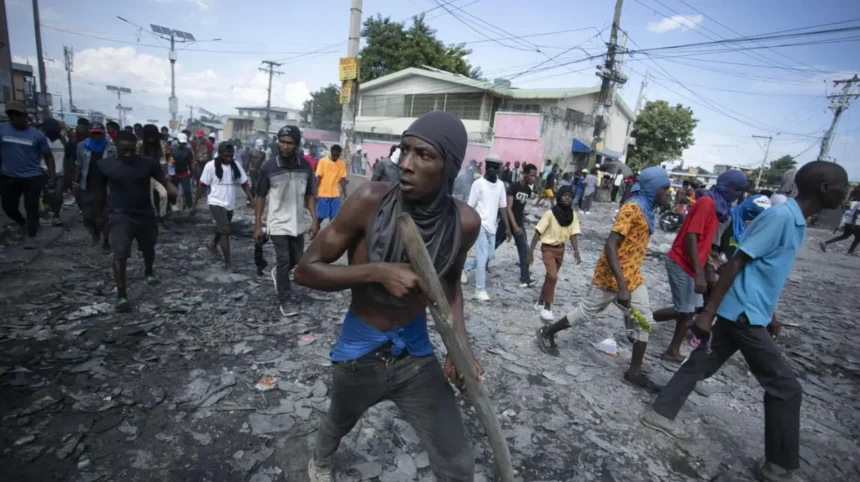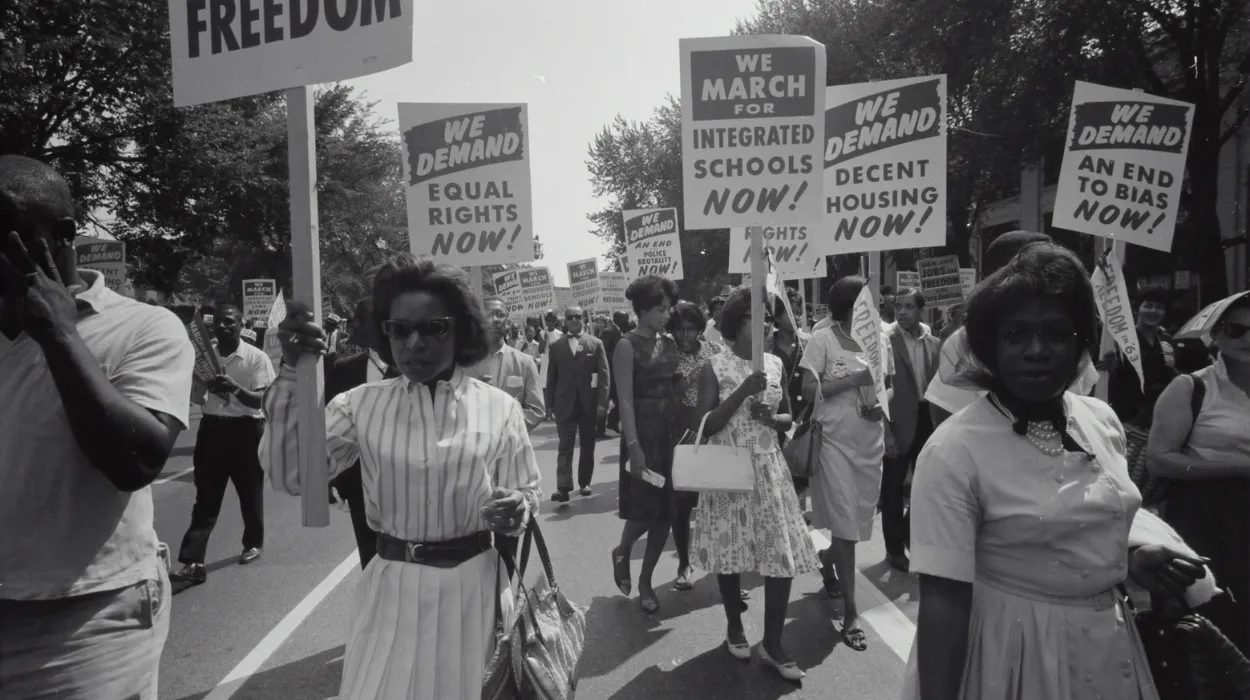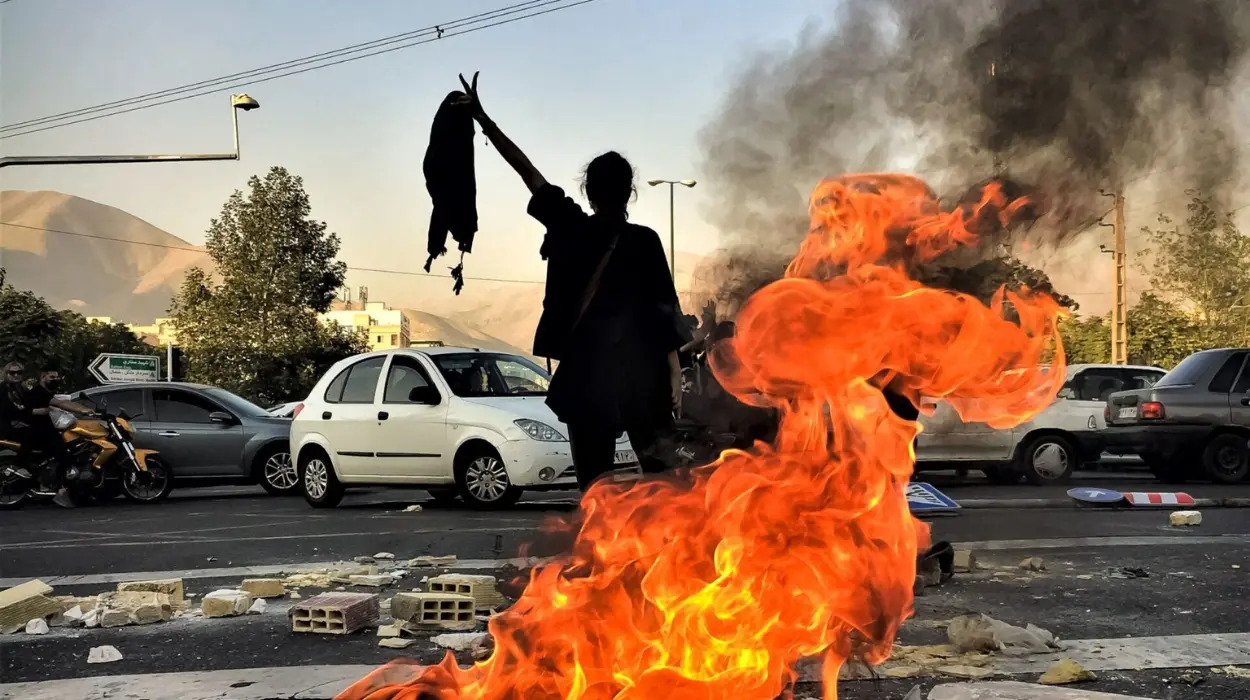In 2025, Haiti plunged into one of its most violent and destructive times in modern history. Mass gang attacks have pushed national systems of government out of office and replaced them with localized systems of violence and coercion. Recent United Nations data estimate nearly 5,000 deaths from gang-linked violence since late 2024, and a further 1.3 million internally displaced.
The capital, Port-au-Prince, is in large part fractured, and criminal gangs currently dominate almost 85% of its districts. Even traditionally stable parts of the country, such as Centre and Artibonite, have seen increased gang presence. The failure of law enforcement has also spurred a desperate escalation in sexual and gender-based violence. Statistics indicate that gang rape today constitutes the bulk 85% of all officially reported sex crimes, and over 1,600 schools remain shut due to insecurity. Half of all gang recruits in most city neighborhoods are estimated to be children, illustrating the level of institutional collapse and intergenerational trauma.
The Security Dilemma: Haitian Police And Local Self-Defense Groups
The Haitian National Police (HNP) is similarly plagued by record manpower and resource issues. Despite occasional international training initiatives, the force remains insufficiently equipped to confront highly militarized and heavily armed groups. In excess of 300 police officers have been murdered since the start of 2024, further weakening morale and operational capacity.
At the same time, community-based “self-defense” or vigilante groups have proliferated, accounting for a reported 12% of all deaths caused by conflict in just the first half of 2025. These groups frequently conduct summary executions and retaliatory attacks, blurring the line between civilian defense and criminal vengeance. Their emergence marks a decrease in trust in official institutions and highlights the space vacated by the receding state from public space.
The Shape And Limitations Of International Intervention
In the midst of increasing instability, the United Nations and regional leaders have advocated for an international intervention aimed at security stabilization and long-term governance assistance. The Multinational Security Support (MSS) mission, sanctioned late in 2024 and led by Kenya with UN support, is the hub of this response. Its mandate involves assisting the Haitian police, guarding civilians, and facilitating humanitarian access.
The United States, Canada, and the CARICOM nations have pledged financial and logistical assistance. Slippage in deploying troops, command authority issues, and fears of mission scope have slowed initial momentum. UN Resident Coordinator Ulrika Richardson emphasized that “restoring state authority is the bedrock of stabilization,” but acknowledged the credibility gap for international actors as a result of the mixed legacies of earlier missions.
Haitian Civil Society’s Response
Reactions among Haitians are also bivalent. Opinion tends to be cautious towards the MSS, fearing to go down the road of history, e.g., past abuses tied to the UN’s MINUSTAH mission (2004–2017), whose record has been controversial and includes sexual abuse and transmission of a deadly cholera epidemic. Haitian-led responses are encouraged by civil society activists as prioritizing needs in communities and justice institutions in planning intervention strategies.
Humanitarian Response And Chronic Underfunding
The humanitarian aspect of the crisis deepens as violence excludes access to critical regions. Through August 2025, only less than 10% of the UN’s $908 million Haiti humanitarian appeal is financed. Life endangering shortages of medicine, food and drinkable water are quoted by humanitarian personnel. Certain hospitals in Port-au-Prince lack power or a constant stream of running water, and internally displaced individuals sleep in improvised camps where they are regularly raped.
The military forces habitually close humanitarian corridors, inflate the cost of NGOs and steal motorcades of aid. This has drastically limited the capacity of the national and international actors to act in response to the increasing needs. UN OCHA has categorized Haiti as the least funded emergency setting in the globe with close to 60 percent of the populace requiring humanitarian aid.
Risks, Obstacles, And Possible Outcomes
Haiti has a complicated history of interactions with the international community that serves as a warning. Although such missions as MINUSTAH in the short term achieved a certain success in restoring order among the population, the structural problems of governance, corruption and socio-economic marginalization remained unaddressed. The violence tended to re-erupt in the post-intervention periods when the foreign troops had left and the need to create a lasting political reform re-emerged.
Here the MSS mission is inserted with a narrow mandate and civilian control limits, which may create the danger of going back to the past. The gains of security will be temporary unless there is a concomitant investment in institutions, infrastructure and civil society.
Building Long-Term Stability Requires Local Ownership
According to many analysts, external imposition of stabilization is impossible. Any security effort should be coupled with community trust, local governance and economic opportunity. The institutions of Haiti, such as parliament, judiciary, and the administration of the state and people, have to be rebuilt on a completely new level, and monitored to ensure that they will not be entirely seized by political or criminal forces.
Close liaison with Haitian stakeholders, particularly women groups, youth groups and religious leaders is viewed as the key in attaining legitimacy. Without interaction with them, international efforts risk another disconnected layer in a long history of externally driven reform efforts.
This individual has written about the subject, noting that Haitian sustainable peace will need serious focus on human rights, indigenous leadership, and an international will for collective action—advising that repeating the same old external fixes will not suffice to assist Haiti out of its cycle of violence and state failure:
The international response to Haiti in 2025 may establish a global model for future crisis interventions. With security, humanitarian, and governance crises converging, Haiti is a brutal test of the ability of multilateral institutions to change in order to help nations in long-term disintegration. Whether this chapter produces long-term recovery or yet another cycle of dependency is less a function of the magnitude of intervention and more a function of its capacity to be led by the people it is determined to help.


